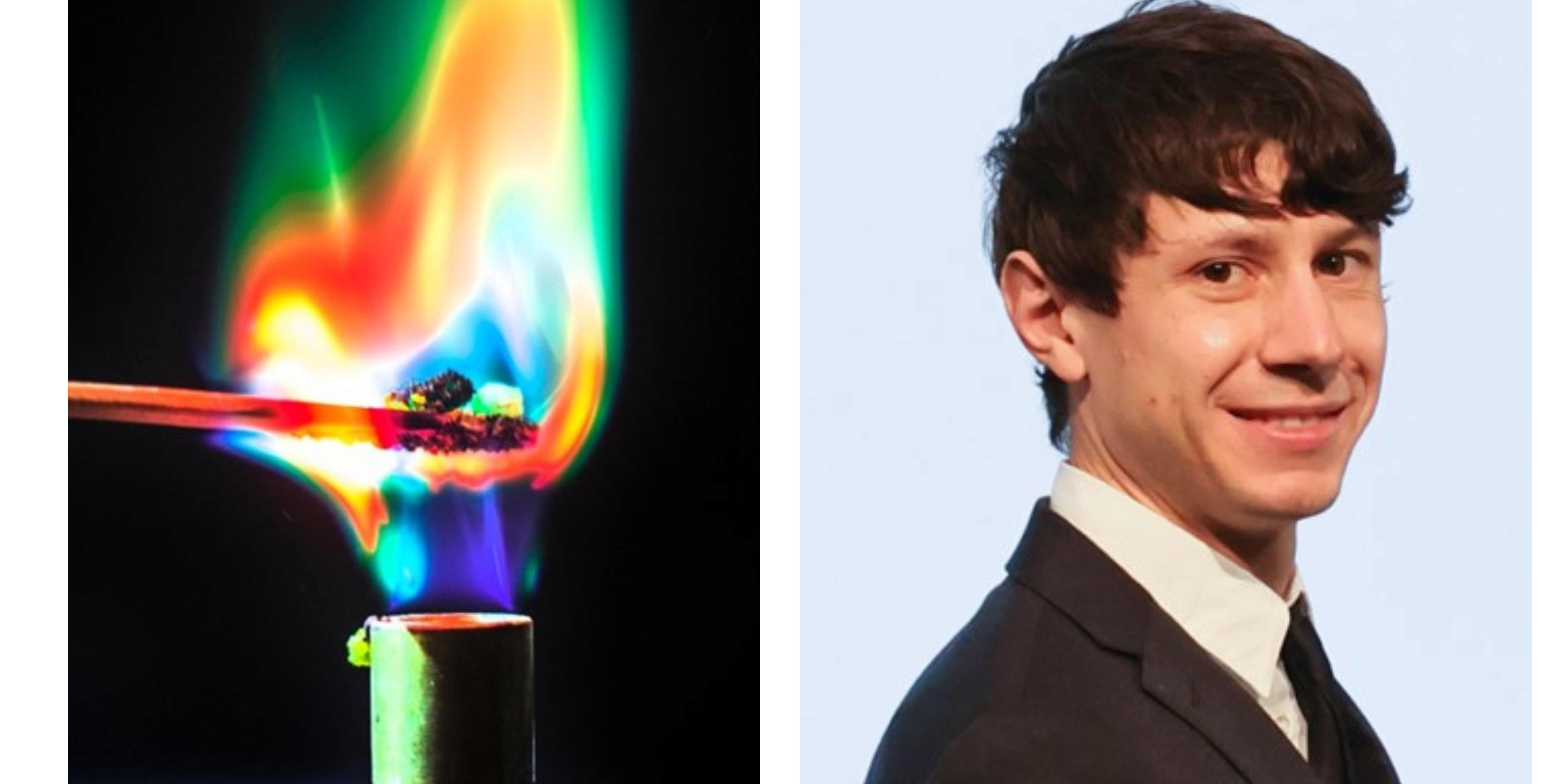The long-standing problem of predicting the thermal conductivity of glasses from first principles (i.e., without relying on any empirical parameter) has been solved in a paper published by Gonville & Caius College Fellow Dr Michele Simoncelli.
Predicting how glasses conduct heat – including extremes of hot or cold – has proved to be a challenge for computational materials scientists, and yet it is of fundamental importance in many sectors. Microelectronics, construction, aerospace, optics and several other industries depend on making sure that glass materials behave as desired in various thermal conditions.
The study, published in nature npj Computational Materials, opens avenues for optimising and understanding the behaviour of glassy thermal insulators and promises to drive advancements across various industries.
The simulation of these phenomena has hitherto proved to be very costly from a computational point of view, because it requires to model thousands of atoms simultaneously while failing to capture the full complexity of how heat propagates in glasses. But the questions are answered in a study in which Dr Simoncelli collaborated with Francesco Mauri from Università di Roma La Sapienza and Nicola Marzari from École Polytechnique Fédérale de Lausanne.
They presented a protocol that combines the Wigner transport equation – also introduced by them in a 2019 article – with computational techniques that allow to simulate glasses with quantum accuracy and at a computational cost reduced of several orders of magnitude compared to previous methods. Importantly, their work also sheds light on how the macroscopic thermal conductivity of glasses originates from the microscopic interplay between structural disorder, anharmonicity, and quantum Bose-Einstein statistics of vibrations.
The protocol has been used to calculate the properties on vitreous silica, an archetypal glassy material that has many commercial applications because of its resistance to heat and its refraction properties. Very recent studies have employed this protocol to investigate the physics of the thermal properties of amorphous alumina and gallium oxide, materials which play a crucial role in the thermal management of electronic devices.
Dr Simoncelli, a research fellow at Gonville & Caius college, is currently working in the Theory of Condensed Matter Group in the Cavendish Laboratory. His primary focus is on the development of the theoretical and computational framework to understand and quantitatively describe quantum transport phenomena in solids (involving e.g., charge, heat, spin), their macroscopic signatures, and design from first principles materials that meet target specifications. His work has the twofold ambition of evolving current materials for energy conversion or management, and to innovate on current energy applications or even conceive new ones.
This article has been partially reproduced from the NCCR MARVEL website.
Reference:
Simoncelli, M., Mauri, F. & Marzari, N., Thermal conductivity of glasses: first-principles theory and applications. npj Computational Materials 9, 106 (2023). https://doi.org/10.1038/s41524-023-01033-4
Photo credit: Raquelaa54, Wikimedia (CC BY 4.0)


